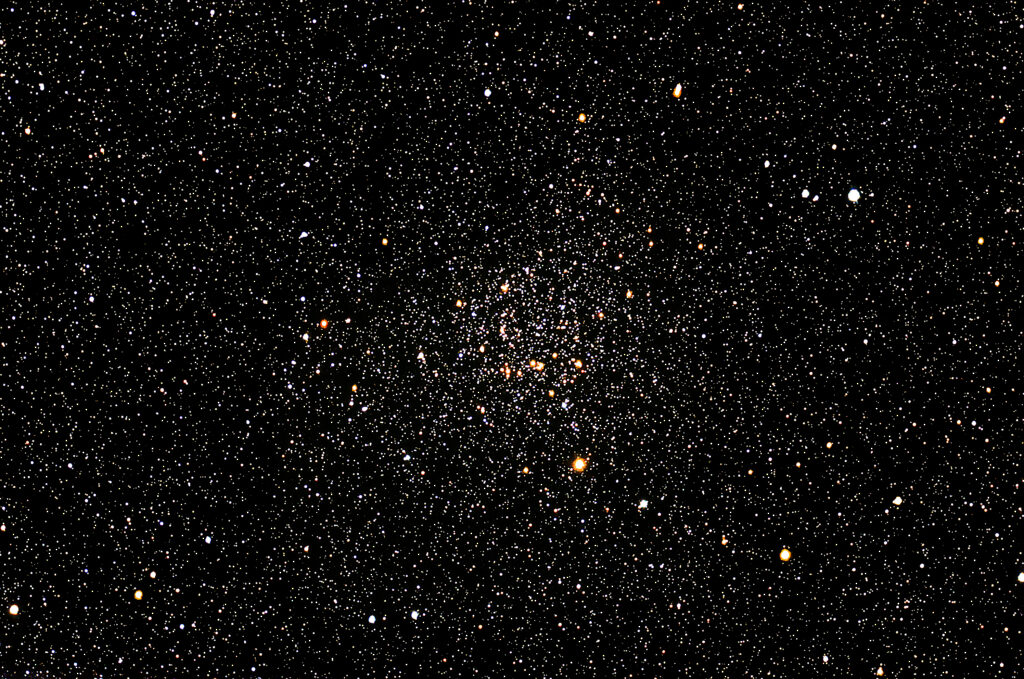
Figure 1 – Caroline’s Rose NGC 7789 Open star cluster, Celestron Origin (c) DE Wolf 2024.
Deep-sky objects seem to come in two flavors: the breath-taking and the sublime. I want to talk today about an example of a sublime deep-sky object NGC 7789 referred to as Caroline’s Rose, see Figure 1 – not bam in your face but subtly beautiful nonetheless. . Caroline’s Rose is an open cluster in Cassiopeia ~ 1.6 Billion years old and ~ 7,600 light years away. It was discovered the night of November, 1 1783 by Caroline Herschel, the sister of William. So there’s a story there and that’s part of what makes this stellar white rose sublime.
Caroline Herschel was an astronomical trailblazer. She was born in 1750 in Hanover, Germany. Her early life was shaped by a series of challenges, including an overbearing family dynamic ( her brother rescued her from an overbearing mother, who did not believe in wome’s education.) and an enduring illness that left her small and fragile in stature. Despite these obstacles, Caroline’s mind was a vast universe of curiosity. Her brother, William Herschel, a prominent astronomer in his own right, recognized her intelligence and enlisted her help in his astronomical work.
Caroline’s contributions to science were groundbreaking. She discovered several comets, including the famous Herschel 1, which is now known as Comet 35P/Herschel-Rigollet. She also worked with William Herschel on the first comprehensive catalog of nebulae, helping to expand humanity’s understanding of the night sky. In 1787, Caroline became the first woman to receive a salary as an astronomer from the British government, an achievement that cemented her place in history. Caroline’s story isn’t just about her astronomical achievements. It’s also about resilience, passion, and a deep connection to the world around her. Caroline’s Rose serves as a beautiful tribute to a woman who not only reached for the stars but helped humanity understand them in profound new ways.
Pointing ever to the power and long history of the psychological phenomenon of pareidolia, things that look like in astronomy, the white rose requires some study to discern. Can you make out the petals? Through Caroline Herschel’s life it is a symbol of the revolution that she had launched, really a war against sexism and the confines of the Victorian Age. It is perhaps reminiscent of the medieval War of the Roses, between the Houses of York and Plantagenet. Roses are a symbol of love and for white roses of purity and harmony. It is with sublime, peace, purity that this majestic star cluster hangs beacon in its celestial sphere, reminding us forever of the origins of the astronomy.
Prick not your finger as you pluck it off,
Lest bleeding you do paint the white rose red
And fall on my side so, against your will.
William Shakespeare, Henry the Sixth, Part 1
